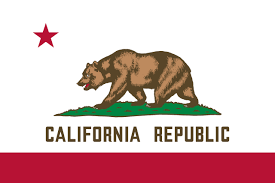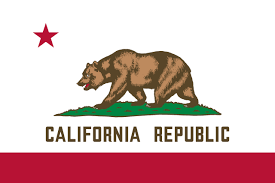CVC 21460.5: California "No U-Turn" Law
CVC 21460.5 is also known as California's "No U-Turn" law. In this article, we'll take a closer look at what CVC 21460.5 entails and why it's important for drivers to understand.
Understanding CVC 21460.5:
CVC 21460.5 addresses the issue of U-turns in California, specifically prohibiting U-turns in certain situations. A U-turn is a maneuver where a driver turns their vehicle 180 degrees to proceed in the opposite direction. While U-turns can be a convenient way to reverse direction, they can also pose risks to traffic flow and safety if not executed under the right circumstances.
The Basics of CVC 21460.5:
The key elements of CVC 21460.5 can be summarized as follows:
-
Prohibition Near Intersections: This law primarily prohibits U-turns in or near intersections where traffic is controlled by traffic signals, unless a U-turn is explicitly allowed by a traffic sign or signal.
-
Exceptions: While CVC 21460.5 generally restricts U-turns at signaled intersections, there are exceptions. You may make a U-turn at an intersection with a traffic signal if there's a green arrow signal that specifically permits U-turns. Additionally, if there is a sign that permits U-turns, you are allowed to make one.
-
Exercise Caution: Even when making a U-turn where permitted, drivers are required to do so with caution and yield the right of way to pedestrians and other vehicles. U-turns should only be executed when it can be done safely without interfering with oncoming traffic or pedestrian crossings.
Why CVC 21460.5 Matters:
CVC 21460.5 is in place to enhance road safety and prevent traffic disruptions, especially at intersections. Intersections are critical points where the paths of vehicles and pedestrians can intersect, and U-turns can complicate these interactions if not regulated.
Here are a few reasons why CVC 21460.5 is important:
-
Reducing Conflicts: U-turns in busy intersections can lead to conflicts between turning vehicles, pedestrians, and vehicles in opposing lanes. By limiting U-turns, the law aims to reduce these conflicts and the likelihood of accidents.
-
Maintaining Traffic Flow: U-turns can slow down traffic at intersections, leading to congestion and frustration for other drivers. This law helps maintain a smoother flow of traffic at controlled intersections.
-
Enhancing Pedestrian Safety: The law also protects pedestrians by requiring drivers to yield the right of way when making U-turns. This is crucial at intersections where pedestrians frequently cross.
Penalties for Violation:
Violation of CVC 21460.5 can result in fines and, in some cases, points on your driving record. The exact penalties can vary depending on the circumstances and local jurisdiction, but it's essential to be aware that violating this law can have consequences.
In Conclusion:
CVC 21460.5, the "No U-Turn" law, is designed to enhance road safety, promote efficient traffic flow, and protect pedestrians. Drivers should be aware of the restrictions on U-turns near signaled intersections and follow them diligently. It's crucial to always obey traffic signs and signals and exercise caution when executing U-turns to ensure the safety of all road users. Understanding and adhering to CVC 21460.5 contributes to safer and more orderly roads throughout California.

DontPayTickets.com
Fight Back California Traffic Violations and Tickets

